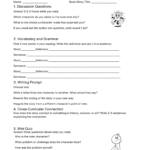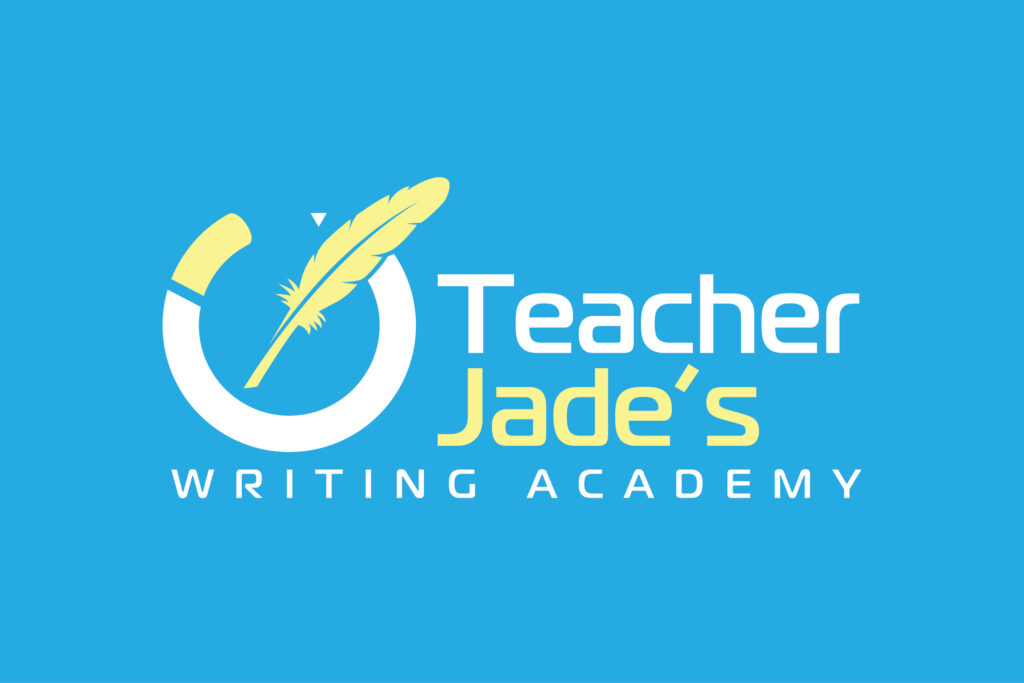Homeschooling, Learning
5 Ways to Make Literature Come Alive for Students
Reading literature can sometimes feel like a chore for students, but it doesn’t have to be. With a few simple strategies, you can turn any story into an engaging, hands-on experience that keeps students excited and thinking critically. Here are five ways to make literature come alive for your upper elementary through high school learners.
1. Use Discussion Questions to Start Conversation
Discussion questions are more than just a way to check comprehension. They encourage students to think deeply about the story, the characters, and the themes. Try asking open-ended questions like, “What would you have done in this situation?” or “Why do you think the character made that choice?” Students love sharing their opinions and hearing others’ perspectives, which can lead to lively and meaningful conversations.
2. Include Creative Writing Prompts
One of the best ways to connect with literature is through writing. Creative prompts give students a chance to explore the story on their own terms. Ask them to write a letter from one character to another, create an alternate ending, or imagine the story from a different character’s point of view. Writing exercises help students understand the story on a deeper level while practicing their writing skills.
3. Add Cross-Curricular Projects
Literature doesn’t have to be limited to reading and writing. You can bring in art, history, or even science projects that connect to the story. For example, if students are reading a historical novel, they could research the time period and create a visual timeline. Cross-curricular projects make the story more relevant and show students how literature connects to the world around them.
4. Build Vocabulary and Grammar into Lessons
Instead of teaching vocabulary and grammar separately, tie them directly to the stories students are reading. Highlight key words, explore their meanings, and practice using them in sentences. You can also focus on grammar points using examples from the text. This method helps students apply what they are learning in context and makes grammar less intimidating.
5. Use Study Guides and Mini Quizzes to Reinforce Learning
Study guides and mini quizzes are great tools for reviewing comprehension and reinforcing important concepts. They give students a clear structure for what to focus on while reading and make it easier to track progress. Quizzes don’t have to be stressful. They can be fun ways to encourage students to pay attention to details and reflect on what they learned.
Bring It All Together with Teacher Jade’s Writing Academy
If you are looking for resources that combine all these strategies in one place, check out Teacher Jade’s Writing Academy. Our literature packets are full of study guides, discussion questions, writing prompts, grammar and vocabulary exercises, mini quizzes, and cross-curricular projects. They are designed for upper elementary through high school students and make planning lessons easy while keeping learning engaging.
Whether you are homeschooling or supplementing classroom learning, these resources are ready to go and will help your students get the most out of every story they read. Explore our current literature packets and courses today and give your students the tools to love reading and writing.
Head to the Parent Academy for a FREE literature worksheet.


